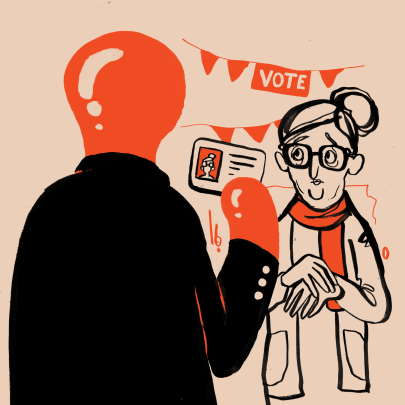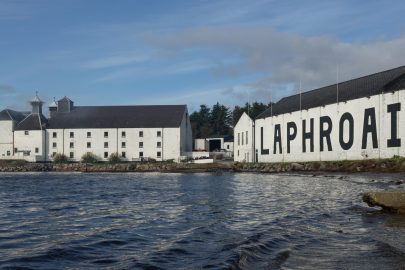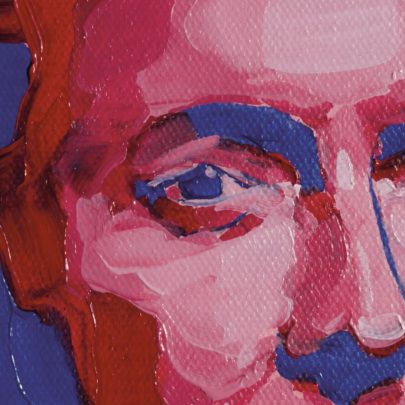Dec 9, 2021 Politics
When future historians consult the archives, hoping to tell the story of 2021’s four-month-long Delta lockdown, they might identify 22 September as the day it went to hell. Two days earlier, Prime Minister Jacinda Ardern took to “the podium of truth” with Ministry of Health chief Ashley Bloomfield to announce that she and her Cabinet were taking the first major risk in their management of the virus thus far — shifting Auckland from Alert Level 4 to Level 3. In the context of late September’s case numbers, that bet seemed reasonable enough. On the 22nd, there were 24 new active cases in the community. In the days prior, the numbers were similarly low, even dipping into the late teens. The Prime Minister herself was typically optimistic. Was this the light at the end of the tunnel?
In hindsight, no. It’s useful to remember that at the time, the experts were warning that there was plenty of tunnel still to run. “At Level 3 in Auckland, the most likely scenario will be increasing cases, eventually following the patterns seen in Victoria and New South Wales in Australia,” Professor Michael Baker told the Herald on the 22nd. Other experts agreed with Professors Shaun Hendy and Michael Plank, who released models showing that the New South Wales trajectory of rapidly rising case numbers was eminently possible (in fact, probable) here under Level 3. Come November, that trajectory was more or less confirmed, when it was considered “a good day” if new case numbers did not go into triple digits.
I’ll concede that this is very easy to write months later, knowing what we know now. Making the alert-level decision on 20 September was considerably tougher, and the information sparser. The Prime Minister and her Cabinet made, in their minds, the best decision they could with the information they had. On the one hand, they had to consider the possibility of the worst modelling coming to pass — hundreds of new cases a day, hospitals struggling, people dying — and on the other hand consider the patience and tolerance of Aucklanders. Lockdowns can exact a terrible price on struggling families, lonely individuals and small businesses. Perhaps Level 3 was a reward for a mostly compliant populace during Level 4.
The trouble for Jacinda Ardern and her closest pandemic colleagues — Finance Minister Grant Robertson and Covid-19 Response Minister Chris Hipkins — is that they didn’t consider (or learn) the lessons of Melbourne and Sydney. In Australia’s two largest cities, the virus had spread uncontrollably in suburbs where multigenerational households were a norm, where myriad people spoke English as a second language, and where a large number of the population were either casual or essential workers. “When I cast my eye across to New Zealand,” said the Melbourne-based epidemiologist Professor Tony Blakely, “that is pretty much what South Auckland looks like, too.”
And so it was. After the alert-level change, the virus ripped through multigenerational households, including one with 15 members living under one roof. It also ripped through vulnerable groups, “seeding” among South Aucklanders in transitional housing, in the gang scene, and among an apparently not insignificant number of sex workers. On the 22nd, Baker wrote that “this outbreak will almost certainly increase health inequalities”. And, again, so it did, with a majority of infections in late October and early November occurring among Māori. This in a city where tangata whenua make up barely one in five Aucklanders, a gross inequality that is difficult to fathom.
In making their decision on 20 September, Cabinet ministers considered a key question: was there social licence to continue in Level 4 for a further two weeks? The empirical data said yes. Cellphone movement data from Apple and Google revealed patterns similar to previous lockdowns, proving that mass non-compliance was never a threat. Patience was thinning, sure, but the vast majority of people were following the rules. But the Cabinet got weak knees, taking too much notice of the small but loud chorus of Auckland business owners, and dropped the alert level. Perhaps the Prime Minister and her colleagues were also guilty of thinking that the successful management of the pandemic so far was a result of their own special insights and decision-making powers as opposed to simply following the advice of the experts at every step.
As soon as decisions diverged from the expert advice, the government lost control of the outbreak. It was scientists like Michael Baker who saw the alert-level change for what it really was: a terrible risk. And his and his colleagues’ predictions have almost perfectly come to pass. Rising case numbers, rising hospitalisations, rising deaths. “Whenever the government reduces alert levels, it shifts some of the responsibility for managing the outbreak to the public,” wrote Shaun Hendy and Michael Plank for The Conversation on 20 September. As the outbreak worsened, the government messaging changed with it. No longer were we the “team of 5 million” who were “sticking to our bubbles” to “stop the spread”.
Post the alert-level change, we were individuals with one choice: get vaccinated or get left behind.
But perhaps for South Aucklanders, this was always the story of the pandemic. In every outbreak business owners could access generous support, from the wage subsidy to the resurgence support payment. Business mentoring and counselling services were available to business owners. But to South Aucklanders who had been at the front line of every outbreak so far, including this most vicious one yet, nothing. In the United States and other countries stimulus payments were made directly to individuals. Partly to buy social licence for lockdowns and restrictions, but also as recognition that working people — like the majority of South Aucklanders — were doing the heavy lifting to keep society and the economy functioning. Our government never made that same acknowledgement, and certainly never made the material support available.
Now, the whole country will pay for that oversight as the virus spreads among people who were never resourced to follow the rules in the first place. Maybe those future historians will conclude that the government lost control of the outbreak because it wasn’t paying sufficient attention to South Auckland and the inequalities in which the virus took root.
—
This story was published in Metro 433
Available here in print and pdf.







